Thermal Gel: The Silent Hero of Temperature Control
Introduction In the realm of technology and electronics, thermal management is an essential aspect that often goes unnoticed. From powerful CPUs in computers to high-performance electronic devices, maintaining optimal temperatures is critical for enhancing performance, preventing overheating, and prolonging the lifespan of these components. While various cooling solutions like fans, heatsinks, and liquid cooling systems […]
The Future of Cooling: Exploring the Potential of Thermal Gel
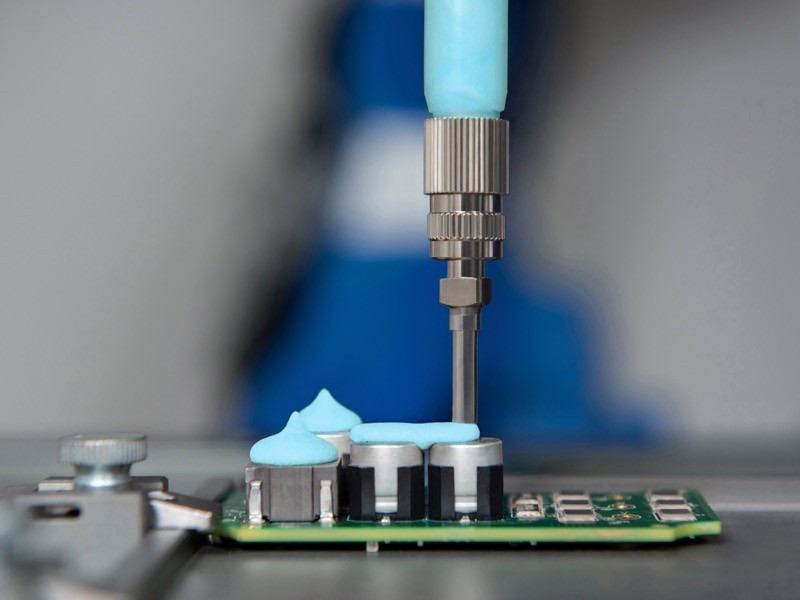
Introduction As the world grapples with the challenges of climate change and the increasing demand for energy-efficient technologies, the cooling industry faces a crucial turning point. Traditional cooling systems, such as air conditioners and refrigerators, rely heavily on electricity and harmful refrigerants that contribute to greenhouse gas emissions. However, a promising alternative on the horizon […]
Unlocking Efficiency: Thermal Gel’s Role in Energy Conservation
In a world grappling with the challenges of climate change and depleting natural resources, energy conservation has become a pressing global priority. Industries and individuals alike are seeking innovative solutions to reduce energy consumption and lower carbon footprints. Among the emerging technologies, thermal gel stands out as a promising tool for enhancing energy efficiency in […]
Thermal Gel: A Game-Changer for Heat Management in Electronics
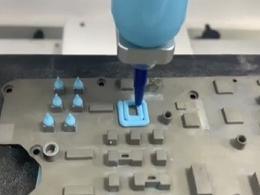
Introduction: Heat management is a critical challenge in the world of electronics. As devices become more powerful and compact, the need for efficient cooling solutions becomes increasingly important. One breakthrough solution that has emerged in recent years is thermal gel, a remarkable material that offers exceptional thermal conductivity and has the potential to revolutionize heat […]
Maximizing Performance with Thermal Gel: Overclocking Made Easy
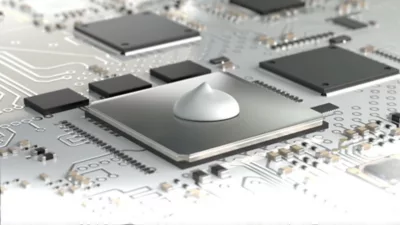
Overclocking, the process of increasing the clock speed of a computer’s components beyond their factory settings, has long been a popular method among enthusiasts to squeeze out extra performance from their systems. However, one of the biggest challenges faced by overclockers is managing the increased heat generated by the components. This is where thermal gel […]
Stay Cool with Thermal Gel: The Ultimate Cooling Technology
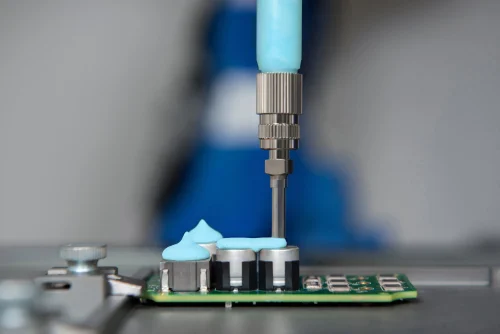
In today’s fast-paced world, technology is advancing at an astonishing rate, and with it comes an ever-increasing demand for high-performance devices. As we push the boundaries of what is possible, the need for effective cooling solutions has become more critical than ever before. Overheating is a major concern for electronic devices, as it can lead […]
Unleashing the Potential of Thermal Gel: Enhanced Heat Dissipation
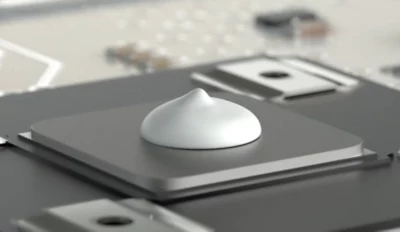
In today’s fast-paced technological world, heat dissipation has become a critical challenge. As electronic devices continue to shrink in size while packing more power, managing the heat generated has become paramount to ensure optimal performance and prevent thermal damage. One emerging solution that holds great promise in addressing this issue is thermal gel, a unique […]
The Power of Thermal Gel: A Revolutionary Cooling Solution
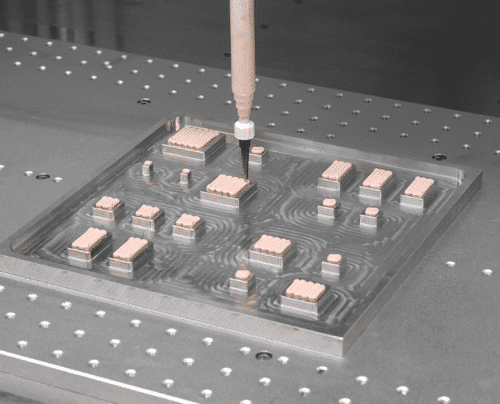
In a world where technology is advancing at a rapid pace, one area that has seen significant development is thermal management. As electronic devices become smaller and more powerful, the issue of heat dissipation becomes increasingly challenging. Overheating not only affects the performance and lifespan of devices but also poses safety risks. To address this […]
Effective Heat Spreading: Achieving Optimal Thermal Performance with Potting Compounds
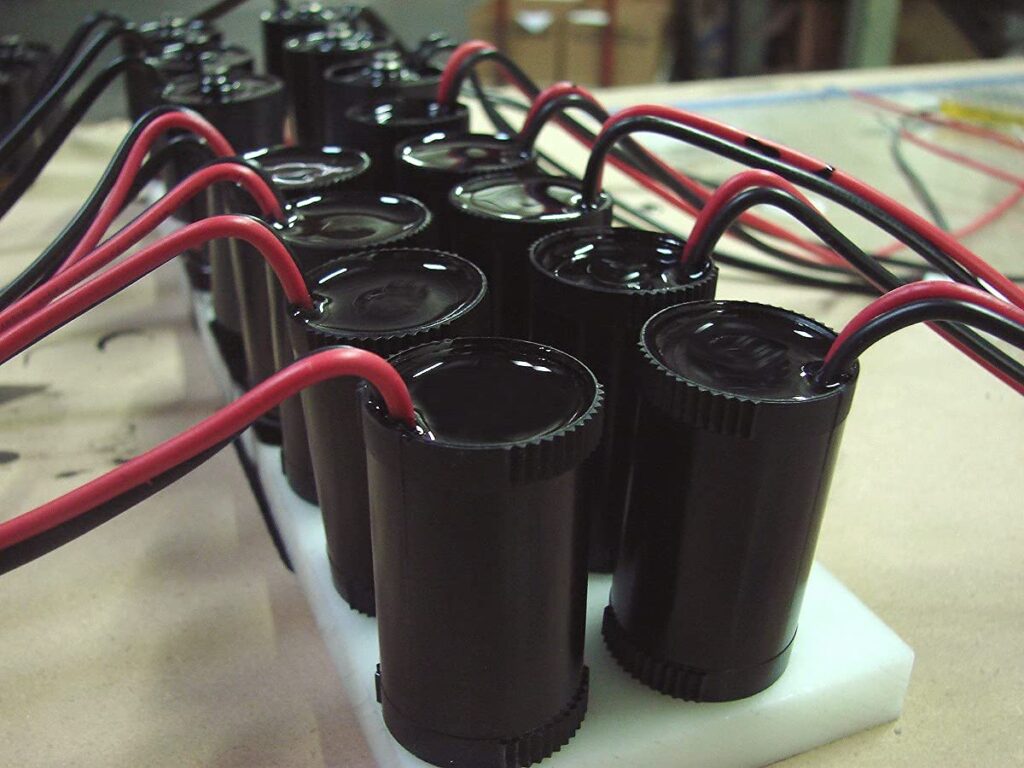
Introduction As electronic devices continue to become smaller and more powerful, managing heat dissipation has become a critical challenge for engineers and designers. Excessive heat can lead to reduced performance, premature component failure, and even safety risks. To address these issues, one effective solution is the use of potting compounds. Potting compounds, also known as […]
Precision Cooling Solutions: Harnessing the Power of Thermal Conductive Potting Compounds
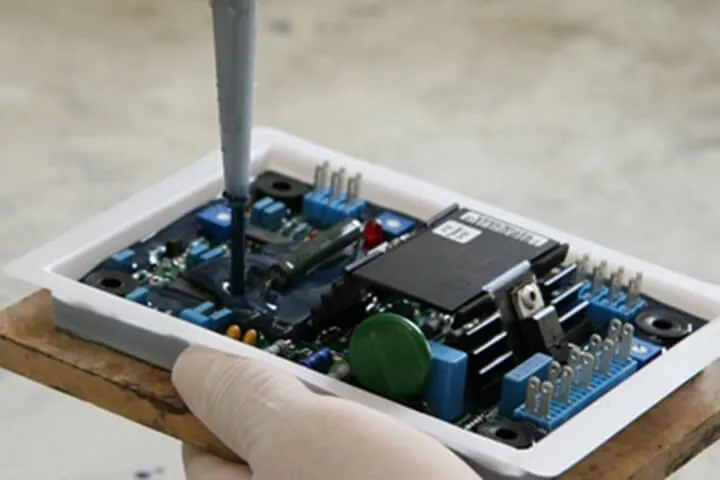
In today’s fast-paced technological landscape, the demand for high-performance electronics is ever-increasing. From advanced computer systems to intricate automotive components, the need to effectively manage heat dissipation within these devices is critical to ensuring optimal performance and longevity. This is where precision cooling solutions, specifically thermal conductive potting compounds, come into play. Thermal management is […]

